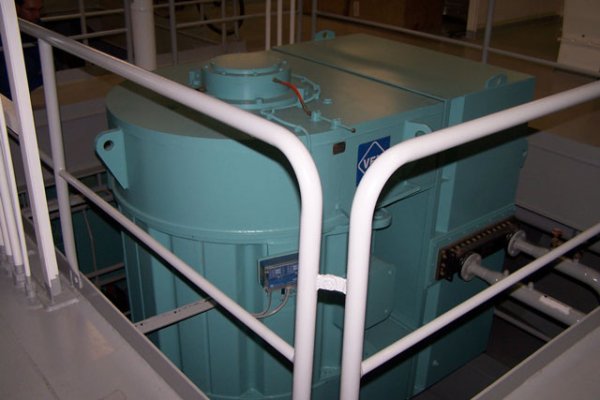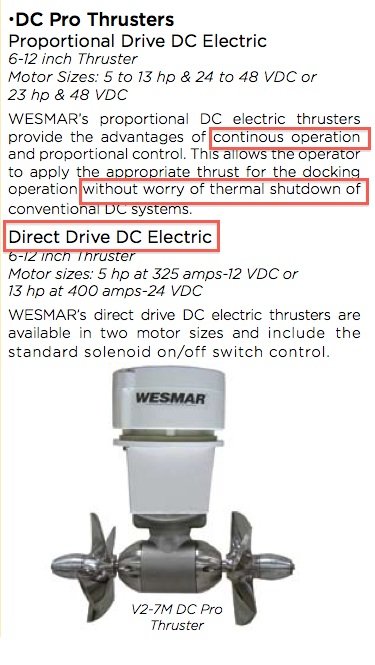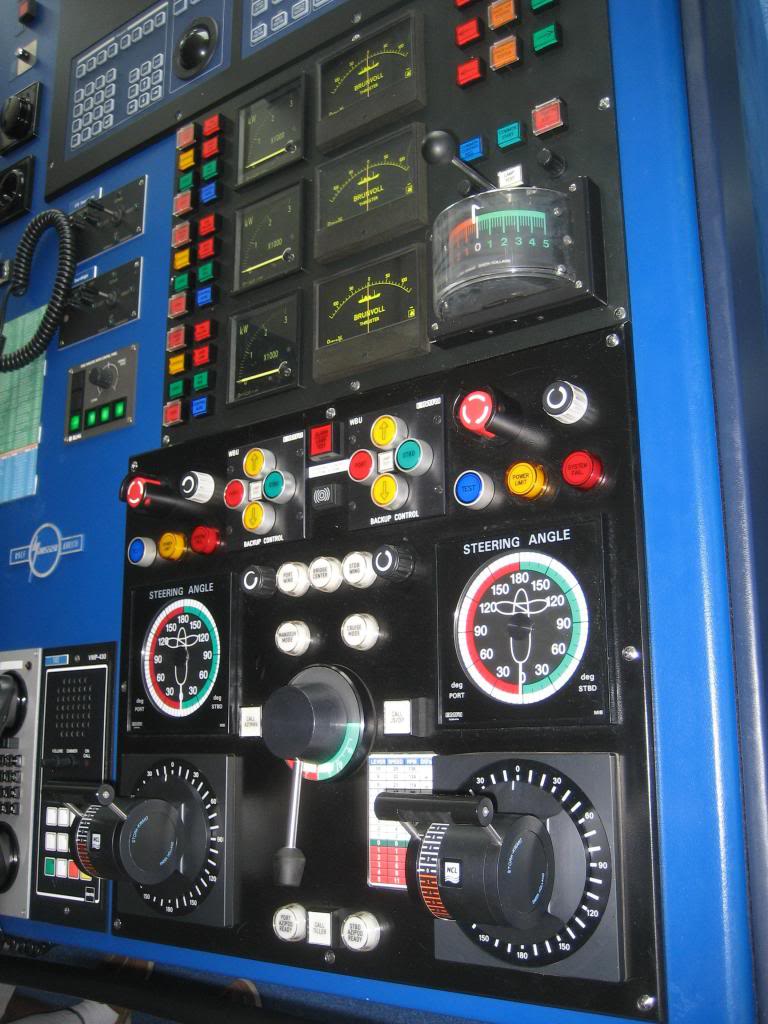jwnall
Moderator Emeritus
Had a note from my sister, who lives up in North Carolina, and she said that they had a heck of a time docking their trawler over the weekend because there were high winds and the thrusters overheated while trying to maneuver the boat toward the dock (they have a Mainship 40) so that they were kind of stuck. They finally got it docked by throwing lines to people on the dock who helped bring it in.
My boat has twins, but I have always thought that a single-engine with thrusters would do just as well in docking situations. But perhaps not! Is this overheating of the thrusters a common problem? Or is there perhaps just something wrong with his?
John
My boat has twins, but I have always thought that a single-engine with thrusters would do just as well in docking situations. But perhaps not! Is this overheating of the thrusters a common problem? Or is there perhaps just something wrong with his?
John


 Spring lines are another answer. Have a single with no thruster. Had a single with a thruster. My main ride is twins with a thruster (electric & hardly used). I use the thruster mostly after getting into the slip to move the bow to lasso pilings.
Spring lines are another answer. Have a single with no thruster. Had a single with a thruster. My main ride is twins with a thruster (electric & hardly used). I use the thruster mostly after getting into the slip to move the bow to lasso pilings.


